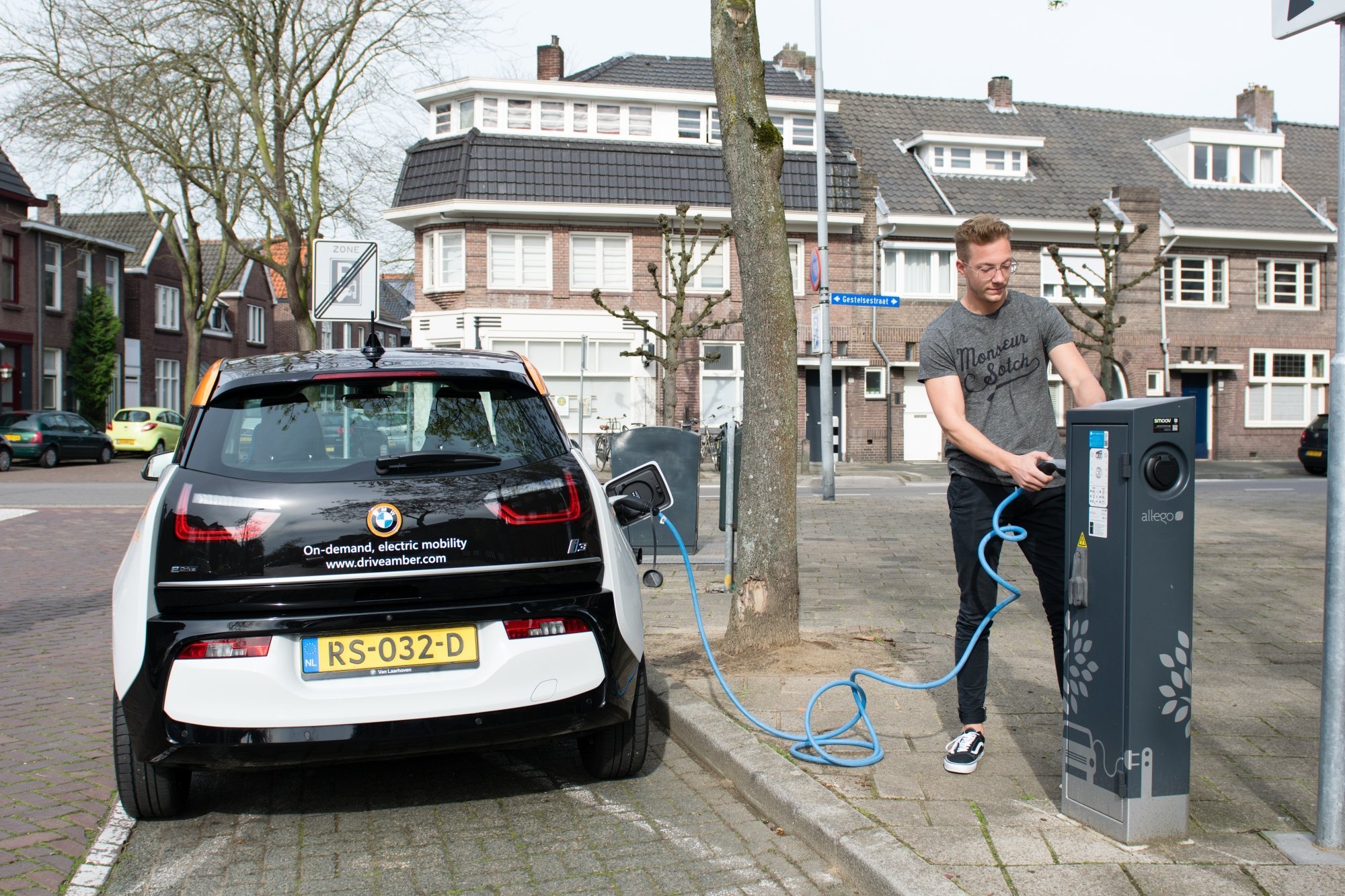
The EU has reached an agreement on the end of the combustion engine in passenger cars – as of 2035. That is thirteen years from now. I heard a conversation with experts on this on Dutch Radio 1. It was a discussion about the number of charging stations. I was waiting for the crucial question of how are we going to generate all that extra electricity for hundreds of millions of electric cars, but that question didn’t come up. They just kept on talking about charging stations with a charging station entrepreneur and a professor. Then I did the math myself on how much extra electricity will be needed in 2035. Green power, of course, because otherwise – as is the case now – electric vehicles hardly save any CO2 emissions but do cause a lot of environmental damage on account of the batteries.

Concrete implementation plans
All told, an additional 700 billion kilowatt hours of green electricity generation in the EU will be needed, taking into account losses from any necessary storage of electricity. That amounts to six times the total Dutch electricity consumption. I.e., it calls for 45,000 more wind turbines and 600 million more solar panels, assuming a balanced distribution between offshore wind, onshore wind and solar. To achieve this, we need to build and install 13 sea wind turbines, 43 land wind turbines and 800,000 solar panels EVERY WEEK over the next 15 years.
Then we still have not done anything for the electrification of residential heating and industry. Nor do we have a very much larger grid capacity yet, and no hydrogen plants to store tens of billions of kilowatt hours. Why is no one asking about the concrete implementation plan for the next fifteen years, and then the utter impossibility of that? Why are we literally not looking beyond our noses? Or is it really about if there are enough charging stations?!







